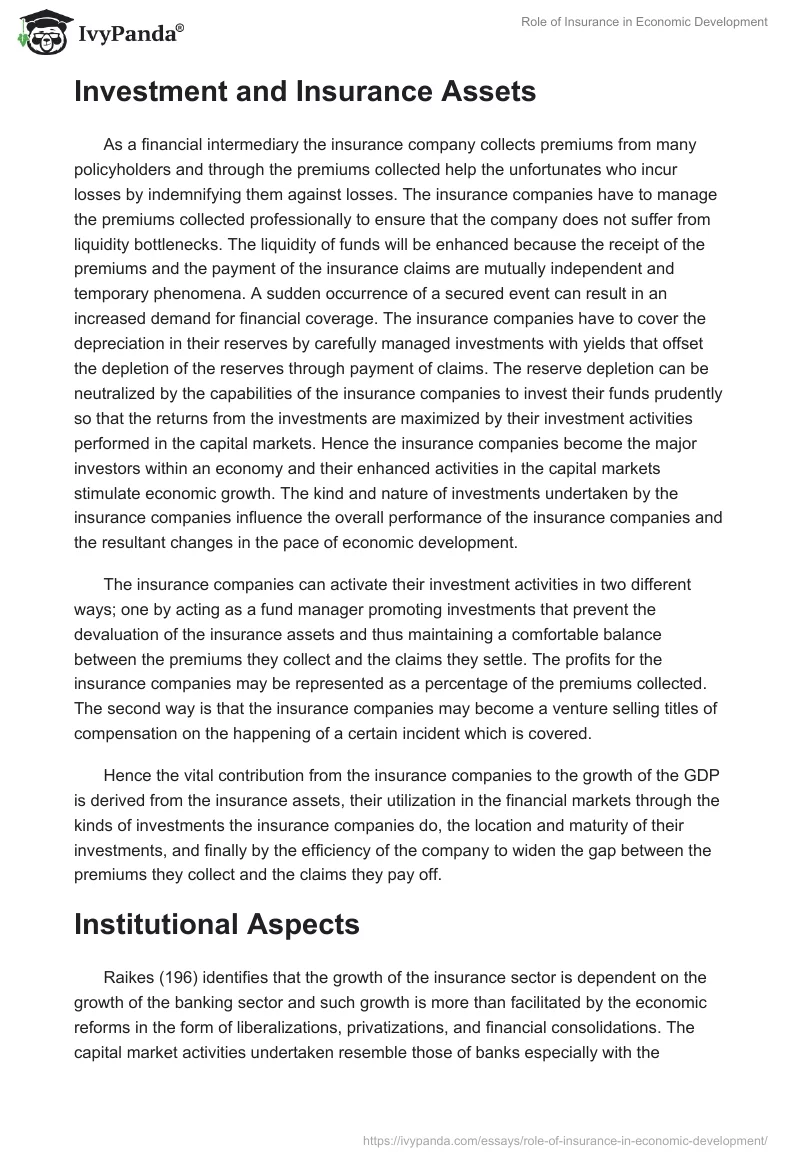The Best Strategy To Use For Pacific Prime
The Best Strategy To Use For Pacific Prime
Blog Article
Pacific Prime - An Overview
Table of ContentsSome Known Incorrect Statements About Pacific Prime Pacific Prime Can Be Fun For EveryoneThe Ultimate Guide To Pacific PrimePacific Prime Can Be Fun For AnyoneFascination About Pacific Prime

This is since the information were accumulated for a period of strong financial efficiency. Of the estimated 42 million people that were uninsured, all yet concerning 420,000 (concerning 1 percent) were under 65 years of age, the age at which most Americans end up being eligible for Medicare; 32 million were adults between ages 18 and 65, around 19 percent of all adults in this age; and 10 million were kids under 18 years old, regarding 13.9 percent of all children (Mills, 2000).
These estimates of the number of persons uninsured are created from the annual March Supplement to the Present Populace Study (CPS), carried out by the Demographics Bureau. Unless or else kept in mind, national estimates of individuals without wellness insurance coverage and percentages of the populace with various sort of coverage are based on the CPS, the most commonly made use of resource of estimates of insurance protection and uninsurance prices.
The Basic Principles Of Pacific Prime
:max_bytes(150000):strip_icc()/how-does-insurance-sector-work.asp-FINAL-1ccff64db9f84b479921c47c008b08c6.png)
Still, the CPS is particularly beneficial since it creates annual quotes fairly swiftly, reporting the previous year's insurance policy coverage approximates each September, and due to the fact that it is the basis for a regular collection of quotes for greater than twenty years, permitting analysis of trends in insurance coverage over time. For these reasons, along with the considerable usage of the CPS in other research studies of insurance coverage that are presented in this record, we count on CPS estimates, with constraints kept in mind.

The quote of the variety of without insurance people increases when a population's insurance policy condition is tracked for a number of years. Over a three-year period beginning early in 1993, 72 million individuals, 29 percent of the united state populace, were without coverage for a minimum of one month. Within a single year (1994 ), 53 million individuals experienced at least a month without coverage (Bennefield, 1998a)
Six out of every ten uninsured adults are themselves used. Although functioning does improve the probability that and one's relative will certainly have insurance, it is not a guarantee. Even participants of family members with 2 full-time wage income earners have practically a one-in-ten chance of being uninsured (9.1 percent without insurance rate) (Hoffman and Pohl, 2000).
An Unbiased View of Pacific Prime
New immigrants account for a significant proportion of individuals without health insurance policy. One analysis has actually attributed a considerable section of the current growth in the size of the U.S. uninsured population to immigrants that showed up in the nation in between over at this website 1994 and 1998 (Camarota and Edwards, 2000). Recent immigrants (those who pertained to the USA within the past four years) do have a high rate of being without insurance (46 percent), however they and their children account for just 6 percent of those without insurance policy across the country (Holahan et al., 2001).
The partnership between wellness insurance policy and accessibility to care is well developed, as recorded later on in this phase. Although the relationship between medical insurance and wellness end results is neither straight neither straightforward, a considerable clinical and health and wellness services research literature links health insurance coverage to enhanced access to care, better quality, and improved personal and population health status.
Levels of evaluation for taking a look at the impacts of uninsurance. This conversation of medical insurance protection focuses mainly on the U.S. populace under age 65 since essentially all Americans 65 and older have Medicare or other public coverage. It concentrates specifically on those without any kind of health and wellness insurance coverage for any kind of length of time.
An Unbiased View of Pacific Prime
The issues faced by the underinsured are in some areas comparable to those dealt with by the uninsured, although they are generally much less serious. Health insurance policy, nevertheless, is neither necessary neither adequate to obtain accessibility to medical solutions. The independent and direct effect of wellness insurance policy coverage on accessibility to health and wellness services is well developed.
Others will obtain the healthcare they need also without medical insurance, by spending for it out of pocket or seeking it from companies that offer care complimentary or at highly subsidized prices. For still others, medical insurance alone does not guarantee invoice of treatment due to various other nonfinancial barriers, such as a lack of healthcare carriers in their neighborhood, minimal access to transport, illiteracy, or etymological and cultural distinctions.
The Main Principles Of Pacific Prime
Official research regarding without insurance populaces in the United States dates to the late 1920s and early 1930s when the Committee on the Expense of Treatment created a series of reports regarding funding medical professional workplace visits and hospital stays. This issue became prominent as the numbers of clinically indigent climbed up during the Great Depression.
Report this page